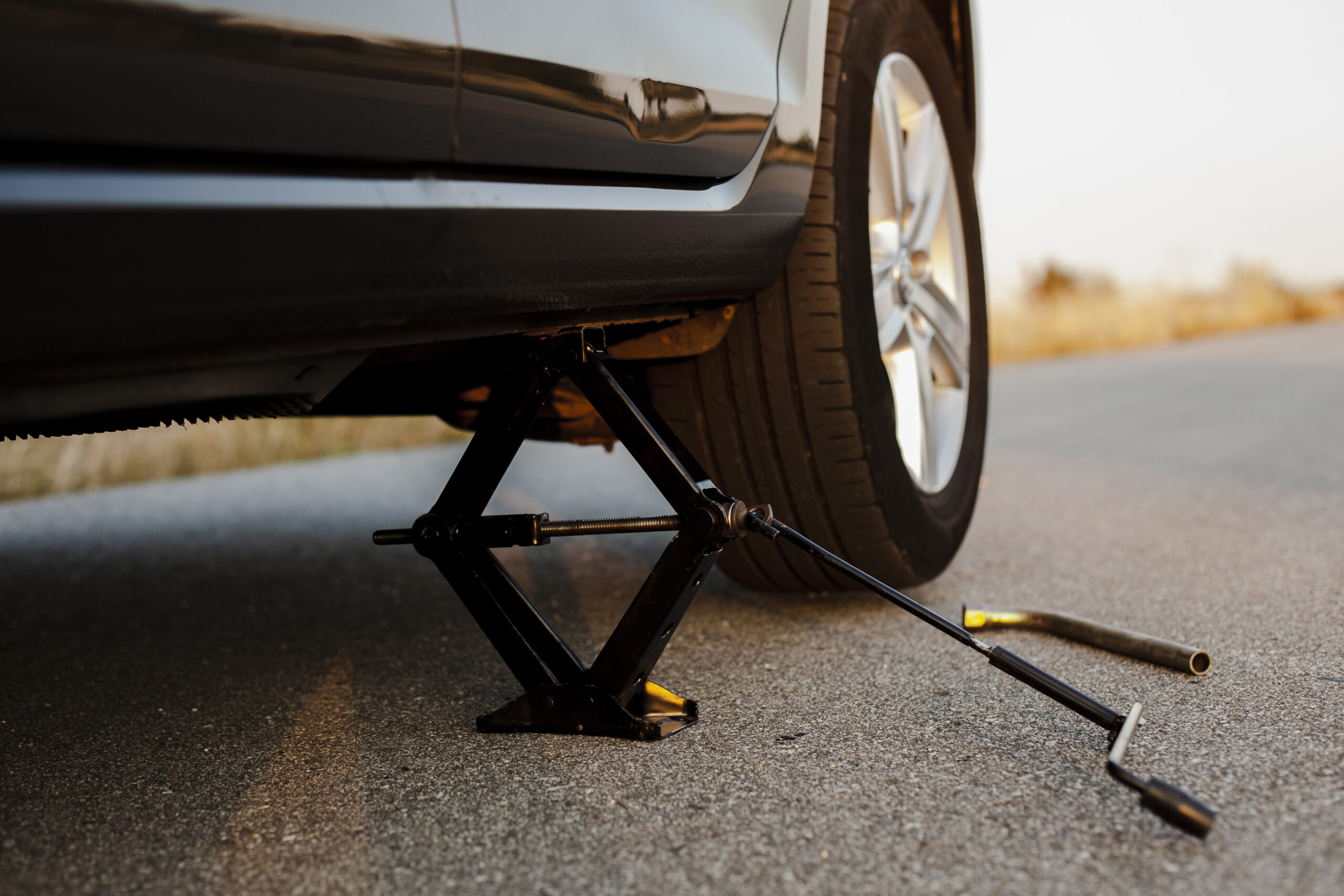Tire punctures can be a common occurrence for drivers, leading to decreased tire pressure and potential safety hazards on the road. To address this issue, many modern vehicles are equipped with tire puncture warning systems that monitor tire pressure and alert the driver when a puncture or loss of pressure is detected. In this article, we will discuss the importance of tire puncture warning lights, their functionality, and the steps to take when encountering a tire puncture.
Understanding Tire Puncture Warning Lights: Tire puncture warning lights are part of the Tire Pressure Monitoring System (TPMS), which continuously monitors the air pressure within each tire. The TPMS utilizes sensors located within the tire valve stems or wheel wells to measure tire pressure. When the system detects a significant drop in pressure or a puncture, it triggers the warning light on the dashboard, typically displaying an image of a tire or an exclamation mark.
Importance of Tire Puncture Warning Lights: Tire puncture warning lights play a crucial role in maintaining vehicle safety and optimal tire performance. Here are a few reasons why they are important:
- Early Detection of Tire Issues: Tire punctures can lead to rapid loss of air pressure, affecting vehicle handling, fuel efficiency, and tire lifespan. The warning light provides an early indication of a tire puncture or pressure loss, allowing drivers to take appropriate action before the situation worsens.
- Enhanced Safety: Properly inflated tires are essential for maintaining grip, stability, and control on the road. When a tire puncture occurs, the handling and braking capabilities of the vehicle can be compromised, increasing the risk of accidents. The warning light prompts the driver to address the issue promptly, minimizing the safety hazards associated with low tire pressure.
- Tire Preservation: Driving on an underinflated tire can lead to uneven tread wear and reduced tire lifespan. By alerting the driver to a puncture or pressure loss, the warning light encourages timely repairs or replacements, ensuring the longevity and performance of the tires.
Repairing a Tire Puncture:
- Respond to the Warning Light: When the tire puncture warning light illuminates, it is essential to take immediate action. Safely pull over to a suitable location away from traffic to inspect the tires.
- Inspect the Tires: Visually inspect the tires for signs of damage, such as nails, screws, or sharp objects embedded in the tread. If the puncture is visible and the tire is deflated, avoid driving on it to prevent further damage.
- Check Tire Pressure: Use a tire pressure gauge to check the pressure in all four tires, including the spare tire if available. Compare the readings with the recommended pressure stated in the vehicle’s manual or on a placard located on the driver’s side door jamb.
- Temporary Fix: If you have a tire repair kit or a portable air compressor, you may attempt a temporary fix by using a sealant or inflating the tire to a safe pressure level. However, keep in mind that this is a temporary solution and the tire should be inspected and repaired by a professional as soon as possible.
- Seek Professional Assistance: For proper tire puncture repair, it is advisable to visit a reputable tire service center or contact a roadside assistance provider. Professional technicians will assess the extent of the damage and determine whether the tire can be repaired or if a replacement is necessary.
- Regular Maintenance: To prevent future tire punctures, practice regular tire maintenance. Check tire pressure at least once a month and before long trips. Ensure proper tire inflation according to the manufacturer’s recommendations, and visually inspect the tires for any signs of damage or wear.
Tire puncture warning lights serve as an important safety feature in vehicles, alerting drivers to potential tire punctures or pressure losses. When encountering a tire puncture, it is crucial to respond promptly and take appropriate measures to repair or replace the affected tire. By prioritizing tire maintenance and addressing punctures in a timely manner, drivers can ensure safer and more efficient travels while preserving the longevity of their tires.











